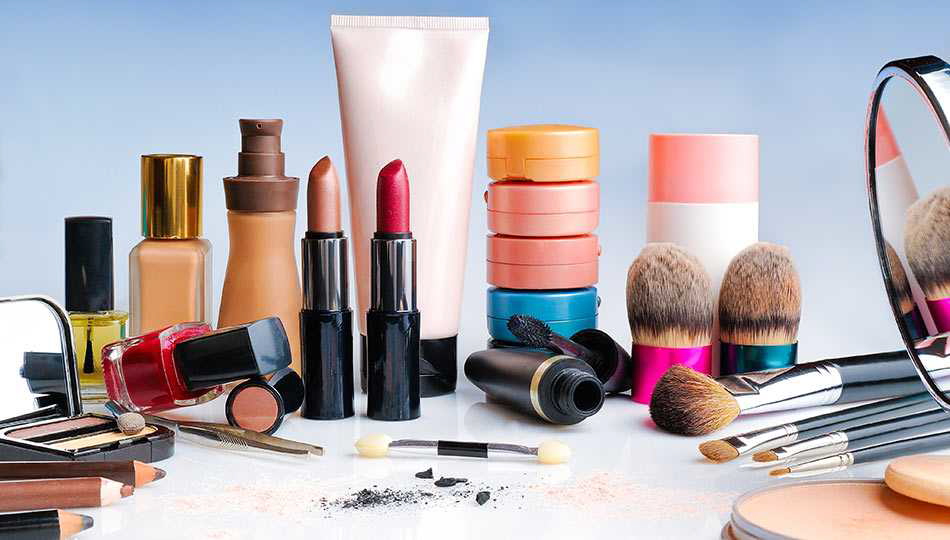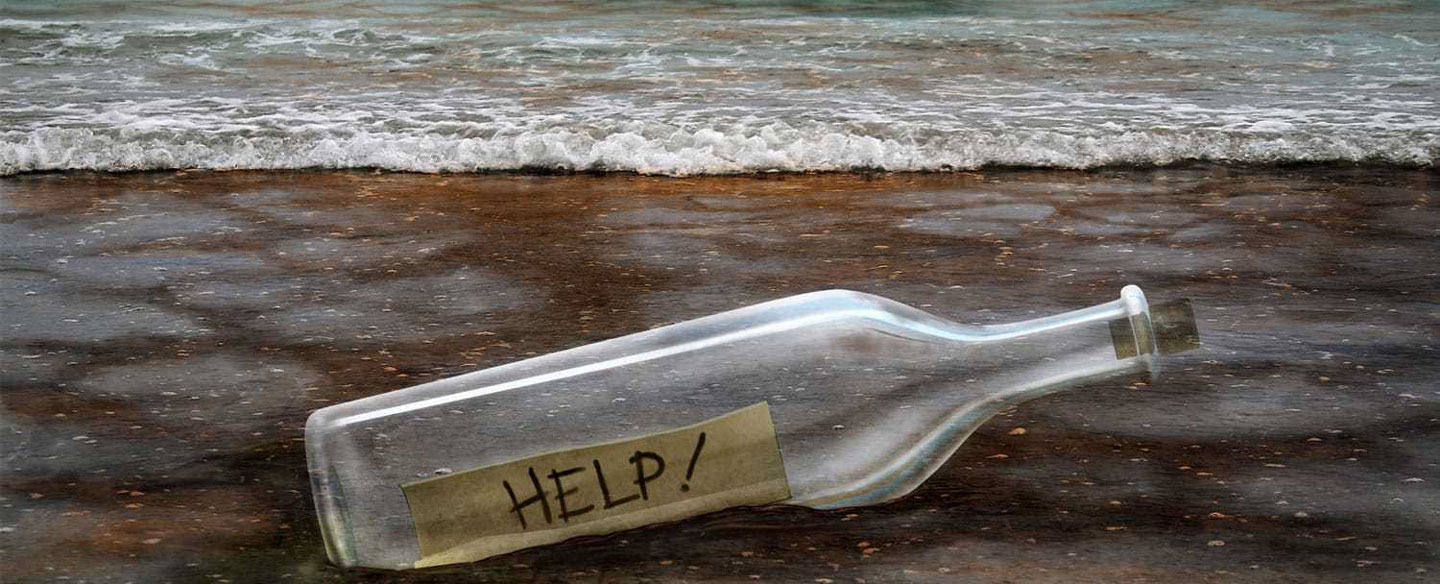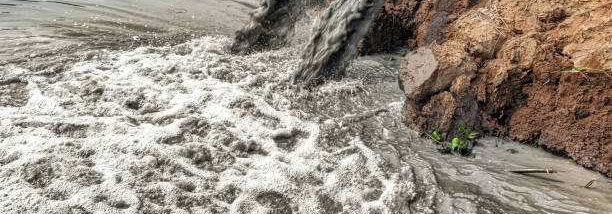
the dirty dozen in personal care products,
and we are not talking about a western!
A study by the David Suzuki Foundation found that roughly 80% of cosmetic productsowned by most individuals contain at least one of the ingredients on this list.
These are the top dirty ingredients you want to avoid in your personal careproducts recognised by global safe standards & certifiers as potential carcinogens& high in toxins.
zoobop lists a bunch of potential toxins a brand may carry in its product range.We have defined & simplified these ingredients in our +know more section of the zoobopmeter, use the mouseover over any ingredient to understand the type of health risks theseare linked too.

the top ingredients to avoid and why
1. BHA (BUTYLATED HYDROXYANISOLE) AND BHT (BUTYLATED HYDROXYTOLUEN)
Found in lipsticks and moisturizers, among other types of cosmetics, BHA and BHT areclassified as possible carcinogens. Long-term exposure to these ingredients has been linkedto liver, thyroid, and kidney problems.
2. COAL TAR DYES
On ingredients lists, these will show up as “P-phenylenediamine” or “CI” followed by anumber. P-phenylenediamine. PPD is a coal tar dye found in hair dyes, while CI (or ColorIndex) numbers are used to identify coal tar dyes in a variety of pigmented cosmetics likelipstick. Derived from petroleum and composed of many different chemicals, coal tar dyes arerecognised as a human carcinogen and have been linked to brain damage.
3. DEA (DIETHANOLAMINE)
This ingredient helps make cosmetic products creamy or sudsy and can be found in productslike facial cleansers, shampoos, soaps and moisturizers. In the short term, DEA can causemoderate skin and eye irritation, while sustained exposure has been linked to liver, skin, andthyroid cancers.
4. DBP (DIBUTYL PHTHALATE)
Dibutyl phthalate is a plasticizer commonly used to prevent nail polish from becoming brittle.Consistent use of DBP has been linked to hormonal disruptions and developmental defects infetuses, as well as liver and kidney failure.
5. FORMALDEHYDE RELEASERS
Ingredients like DMDM hydantoin, Diazolidinyl Urea, Imidazolidinyl Urea, Methenamine,Quaternium-15, And Sodium Hydroxymethylglycinate are preservatives used to increasethe shelf life of a variety of cosmetics and they work by continuously releasing smallamounts of formaldehyde, a known human carcinogen.
6. PARABENS
An estimated 75-90% of cosmetics contain parabens, making them the most widely usedpreservative in makeup and skincare products. The ingredient has been linked tohormonal disruptions, breast cancer, increased skin aging, and DNA damage.
7. PARFUM (OR FRAGRANCE)
About 3,000 different ingredients are used in fragrances, though these will show up as oneword on ingredient lists as “fragrance” or “parfum”. Used in more than just perfumes, thesesmell-enhancing substances can be found in almost every type of cosmetic product. Manyunlisted ingredients in fragrances have been linked to health problems like asthma, allergies,and even cancer. zoobop strictly lists only those ingredients as safe fragrances that arecertified safe by competent authorities and whose contents are not hidden by the brand.
8. PEG COMPOUNDS
Common in cream-based cosmetics, PEG compounds are used as thickeners, solventsand moisture-carriers. Depending on how they are manufactured, these ingredients canget contaminated with carcinogenic substances like ethylene oxide and 1,4-dioxane.Even when not contaminated, PEG compounds have been shown to cause skin irritation.
9. PETROLATUM
Petrolatum is a petroleum jelly that is used in hair products to add shine and in lip balms,lip sticks, and moisturizers as a moisture barrier. The ingredient is often contaminatedwith PAHs (polycyclic aromatic hydrocarbons), a known carcinogen, and can cause skinirritation and allergies in smaller doses.
10. SILOXANES
Look for ingredients ending in “-siloxane” or “-methicone”, which are found mostcommonly in hair products and deodorants. Many of these ingredients have been foundto impair fertility and cause hormonal disruptions.
11. SLS (SODIUM LAURETH SULFATE)
This foaming agent can be found in cosmetics like cleansers, bubble bath, shampoo,laundry detergents. Many commercial varieties are contaminated with ethylene oxide and1,4-dioxane which are known carcinogens.
12. TRICLOSAN
This ingredient is found in antibacterial cosmetics like deodorants, cleansers, and handsanitizers. The ingredient is said to cause skin and eye irritations in the short run, andconditions like antibiotic resistance and hormonal disruptions with sustained use.

dirty cousins to avoid and why
13. TALC
may contain the known carcinogen asbestos. It is best avoided unless it is known tobe asbestos-free.
14. OCTINOXATE
also called Octyl methoxycinnamate or (OMC), is a UV filter found in Hair color productsand shampoos, sunscreen, lipstick, nail polish, skin creams. Octinoxate is an endocrinedisruptor that mimics estrogen and can disrupt thyroid function.
15. OXIBENZONE
is common in sunscreens and there is growing evidence that it could potentially disruptthe human hormone system. It is also known for its eco toxicity ending up in oceansharming and killing corals in the process.
16. PALM OIL
production, is claimed to contribute to environmental degradation, the growing threatto the survival of orangutan populations in the wild, and increasing global greenhousegas emissions caused annually by burning fossil fuels, due to the clearing of largeareas of rainforest for the expansion of palm oil plantation. This is a cheappriced oil that finds its way into many household products, skincare and our food.
17. MICA
is a natural mineral, and an ingredient used widely in the cosmetics industry. The problemwith natural mica is that it can be unethically sourced using child labour. Boycott anybrand that doesn't ensure an ethical supply chain transparency for this material. Zoobophas reached out to several brands asking them on their brand ethics regarding the micasourced.
Though many have this clearly on their website, others need to be prompted for a reply.
Though this list contains the top potential toxins a brand may carry in its product range.We have defined & simplified many more hazardous ingredients in our +know more sectionof the zoobop meter, use the mouseover over any ingredient to understand the type ofhealth risks these are linked too*
*The Content is not intended to be a substitute for professional medical advice, diagnosis, or treatment.Always seek the advice of your physician or other qualified health provider with any questions you mayhave regarding a medical condition.